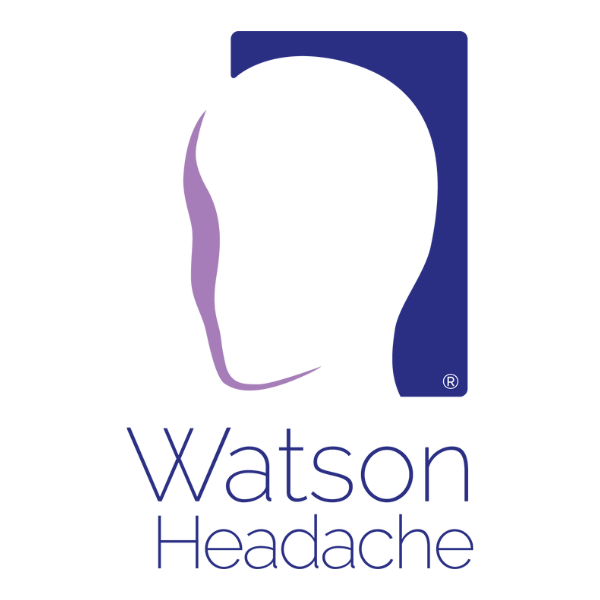After delving into the complexities of centrally driven versus peripherally driven central sensitization within the Trigeminocervical Complex (TCC), I would like to invite you to a dinner party – well, not exactly – let’s just observe the interactions between very influential invited guests.
Seated at the table – the TCC – are five prominent guests, three of whom reside in the city, representing the central nervous system (CNS). They are Serotonin, Diffuse Noxious Inhibitory Controls (DNICs), and Conditioned Pain Modulation (CPM). The other two guests come from out of town, symbolizing the peripheral nervous system (PNS): Trigeminal and Cervical Afferents.
During the pre-dinner drinks, each guest introduces themselves, their interests, and their roles…
Serotonin
‘Hello, I am Serotonin, a neurotransmitter playing a complex role in pain processing and modulation. I am involved in inhibiting pain transmission and reducing sensitivity to pain signals in the TCC. Essentially, I regulate the excitability of neurons in the TCC, suppressing the overall sensitivity to pain signals. However, whilst sub-optimal levels of serotonin have been associated with the primary headache types, my relationship with headaches is not completely understood and more research is needed.’
Diffuse Noxious Inhibitory Controls (DNICs).
‘Hi, I am Diffuse Noxious Inhibitory Controls (DNICs). My role, like Serotonin, is to inhibit the activity of the TCC. It is thought that when I am not at my best (dysfunction), I am unable to silence the transmission of pain signals from the trigeminal and cervical regions, thereby contributing to increased sensitivity to pain and the persistence of headache symptoms. However, like Serotonin, I am complex – exactly how I affect the TCC is not fully understood, and I am the subject of ongoing research.’
Conditioned Pain Modulation (CPM)
‘Well, you think, you’re complicated, I am Conditioned Pain Modulation (CPM), and my influence on the TCC is also not fully understood, unlike you, some research studies have suggested that I can sensitise and desensitise the TCC. I am not sure what effect I have on migraine because research has yielded mixed results; some studies suggest that I am suboptimal (dysfunctional) in individuals with migraine, while others have found no significant differences between migraineurs and individuals without migraines – I am confused. In relation to tension and cluster headache, little is known about me, but limited research suggests that I am not at my best (dysfunctional) in tension or cluster headache.’
Serotonin, DNICs, and CPM
Before, the remaining guests introduce themselves, let’s reflect… the exact mechanisms underlying the effects of Serotonin, DNICs, and CPM (all from the city i.e. the CNS) on the TCC are complex and require further research to be fully understood and this is where the overwhelming research focus is. However, despite contemporary, equivocal research, there is an assumption that CS in primary headache is driven centrally i.e. disinhibition, which could result from suboptimal Serotonin, or impaired DNICs or CPM.
The role of these three CNS guests is to maintain harmony, acting as suppressors, and ensuring asymptomatic interactions. They work diligently to control the behaviour of the two out-of-town guests, representing the PNS.
Trigeminal Afferents
‘Hi, I am Trigeminal Afferents and I play a significant role in sensitising the TCC. When I become significantly overactive, I am well known for increasing the excitability of neurons in the TCC (CS) making them more responsive to incoming signals i.e. peripherally driven CS. Therefore, if I misbehave, I could aggravate or sensitise the TCC in primary headache disorders. Unfortunately, this results in a lowered pain threshold, amplification of pain signals, and extended pain response.’
Cervical Afferents
‘Hey, Trigeminal Afferents, I am glad you are here, because I am from out of town too. I am Cervical Afferents. I am recognised for being responsible for cervicogenic headache, but this is where my existence is ignored. Like you, when I become significantly overactive, I am well known for increasing the excitability of neurons in the TCC (CS) making them more responsive to incoming signals i.e. peripherally driven CS. However, whilst an integral component in the TCC, I am ignored and disregarded as a potential source of CS in primary headache. I expect you are feeling the same way.’
As the pre-dinner drinks conclude, the guests take their seats at the TCC table. Serotonin, DNICs, and CPM focus on maintaining harmony and controlling centrally driven central sensitization. Trigeminal and Cervical Afferents have the potential to misbehave, as they are emotionally charged and more volatile.
The dinner party remains harmonious when all guests agree, representing a non-headache state. However, if one of the out-of-town guests (the PNS) misbehaves, becoming dominant and overpowering the uncertain central influences, facilitation of peripherally driven central sensitization may occur.
Conversely, if Serotonin, DNICs, and CPM (the CNS guests) experience difficulties or uncertainties, centrally driven central sensitization may take place.
Stay tuned, as an interesting dinner party awaits, with an unexpected guest soon to arrive!

